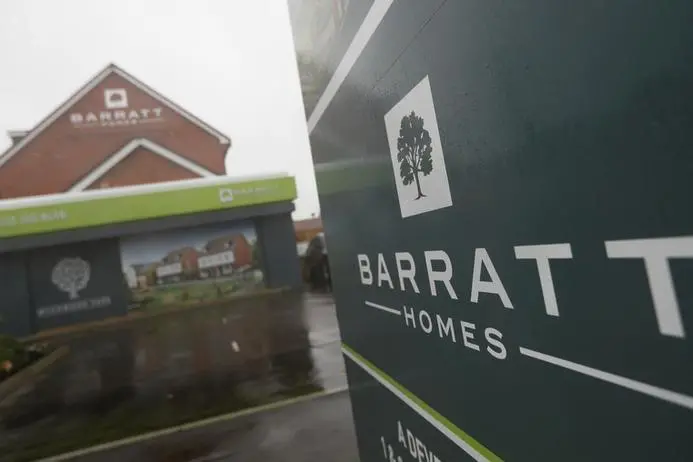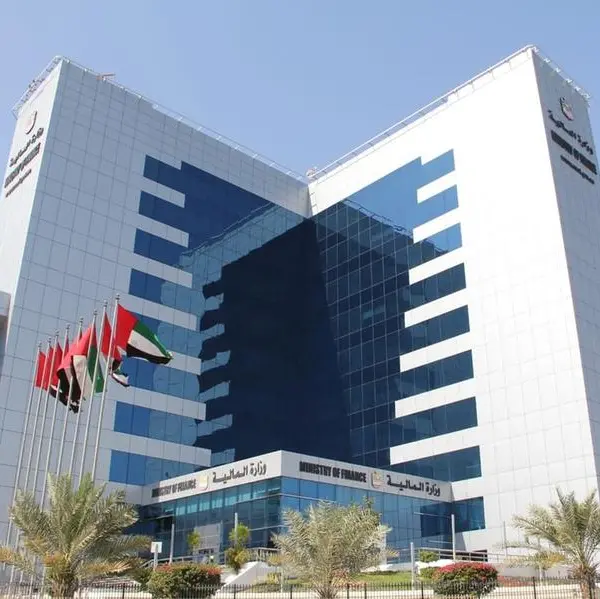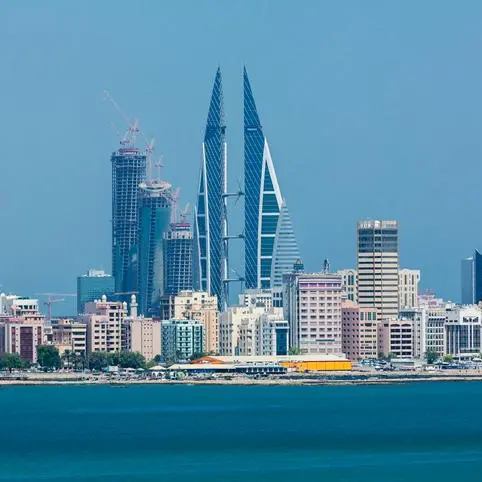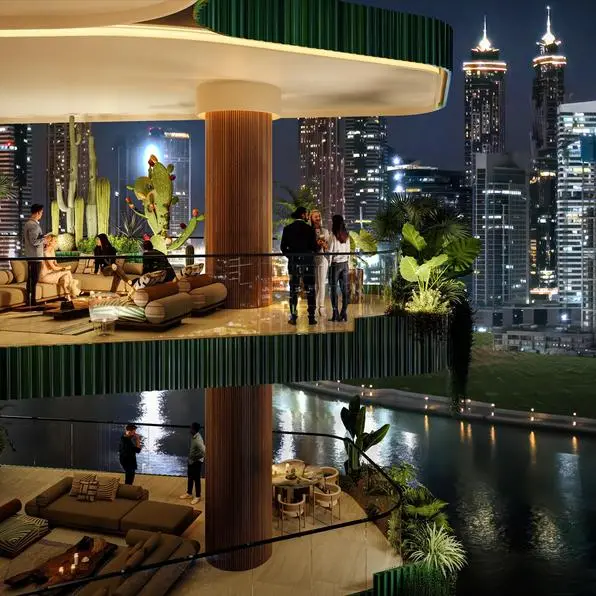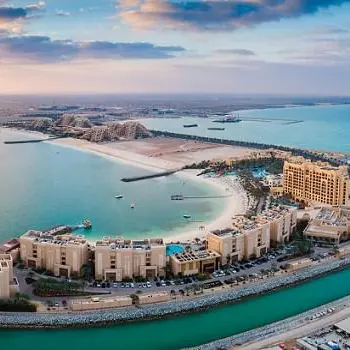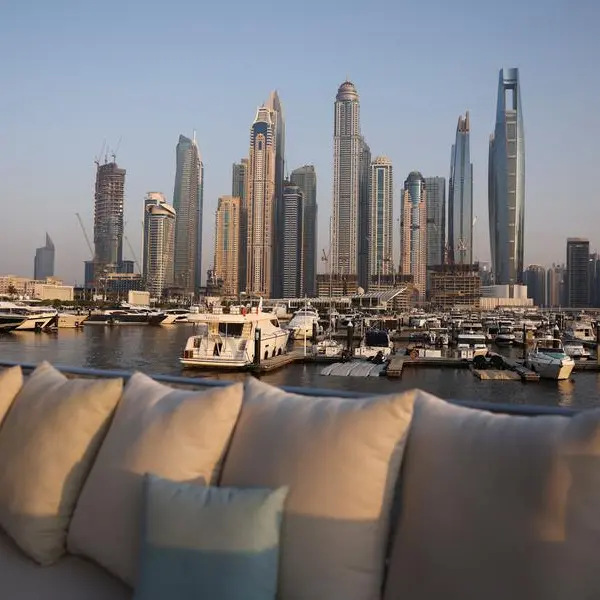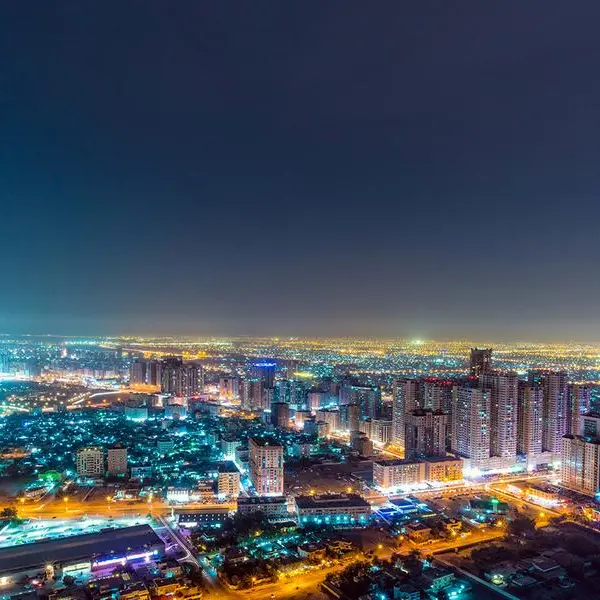PHOTO
UAE - Barratt Developments, the UK’s largest housebuilder, has partnered with Saint-Gobain and the University of Salford to build a concept home that will test the effects of climate change and look at ways new properties can cope with more extreme weather conditions, whilst cutting energy and water usage.
Standing on the grounds of the University of Salford, in the United Kingdom, the world-first Energy House 2.0 is a specially-built climate chamber that will recreate temperatures ranging from -20˚C to +40˚C, as well as simulating wind, rain, snow and solar radiation. The climate chamber is the largest of its kind in the world.
Inside Energy House 2.0, Barratt and Saint-Gobain, a leading building materials manufacturer, have built a three-bedroom family home - known as eHome2 - to test innovative building products designed to meet the Future Homes Standard.
The house will also test zero carbon performance in different temperatures and weather conditions to replicate extreme changes in the climate.
The data will help inform how the wider housebuilding sector in the UK, the Middle East, and worldwide can design future-proof homes and reduce energy usage and costs.
Oliver Novakovic, Technical and Innovation Director at Barratt, said: "As the leading national sustainable housebuilder, we’re building high-quality, sustainable homes today, as well as innovating and adapting our designs for the future."
"Building eHome2 within the Energy House is one of the most significant projects that Barratt has ever undertaken. Along with Saint-Gobain and the University of Salford, we’re leading the way to test the impact that extreme temperatures caused by climate change could have.
"The 12-month project will inform us to build net zero housing at scale, using off-site methods of construction and lower carbon products that reduce the impact on the planet," he stated.
The extreme heat witnessed in the last year has broken records worldwide, bringing raging wildfires across Europe, Australia and the US. Large parts of the globe have suffered droughts over the past year, and the UN predicts three-quarters of the world to suffer regular droughts by 2050.
According to Barratt, the UK has experienced the ten hottest years on record since 2002. The hottest-ever day - exceeding 40oC - was recorded this summer, leading to red weather warnings for heat.
Parts of the country are expected to be in drought until the end of the year after the driest spring and summer in England since 1935.
Mike Chaldecott, CEO of Saint-Gobain UK & Ireland, said: "We’re delighted to be partnering with Barratt on this ground-breaking project. Climate change, water and resource scarcity are some of the most critical challenges of our time. Construction has to transform to meet these challenges."
“Creating eHome2 will create a new blueprint for building homes en-masse that are capable of operating at net zero carbon level, consuming far less water and creating less waste," he added.
The Energy House is the next step from Barratt’s zero carbon concept home, Zed House, to integrate new and improved products and technologies into eHome2. Zed House, built in collaboration with the University of Salford and 40 innovation partners, reduced embodied carbon by 125%.
eHome2 is being built with an advanced timber frame solution, pre-insulated walls installed at the factory, and lightweight render-based bricks. The house will be built in 12-14 weeks - half the time it takes to build a standard home.
The £16 million ($19.2 million) Energy House is part-funded by the European Regional Development Fund and harnesses the University of Salford’s expertise in climate and the built environment.
This investment in Research & Development is designed to enable housebuilders across the UK to deliver the zero-carbon homes the country needs whilst reducing emissions and the impact of housebuilding on the climate.
Professor Will Swan, Director of Energy House Labs at the University of Salford, said: "The growing challenges of climate change and the cost-of-living crisis mean we must consider how we build and operate our homes. Energy House Labs’ mission is to work with industry and policymakers to provide evidence for what works in meeting these challenges."
"Energy efficient, high performing homes can change people’s lives. The importance of this agenda is one of the main reasons behind the University of Salford’s major investment in Energy House 2.0, which is a critical piece of research infrastructure that can help us find solutions to these problems," he added.
Copyright 2022 Al Hilal Publishing and Marketing Group Provided by SyndiGate Media Inc. (Syndigate.info).
